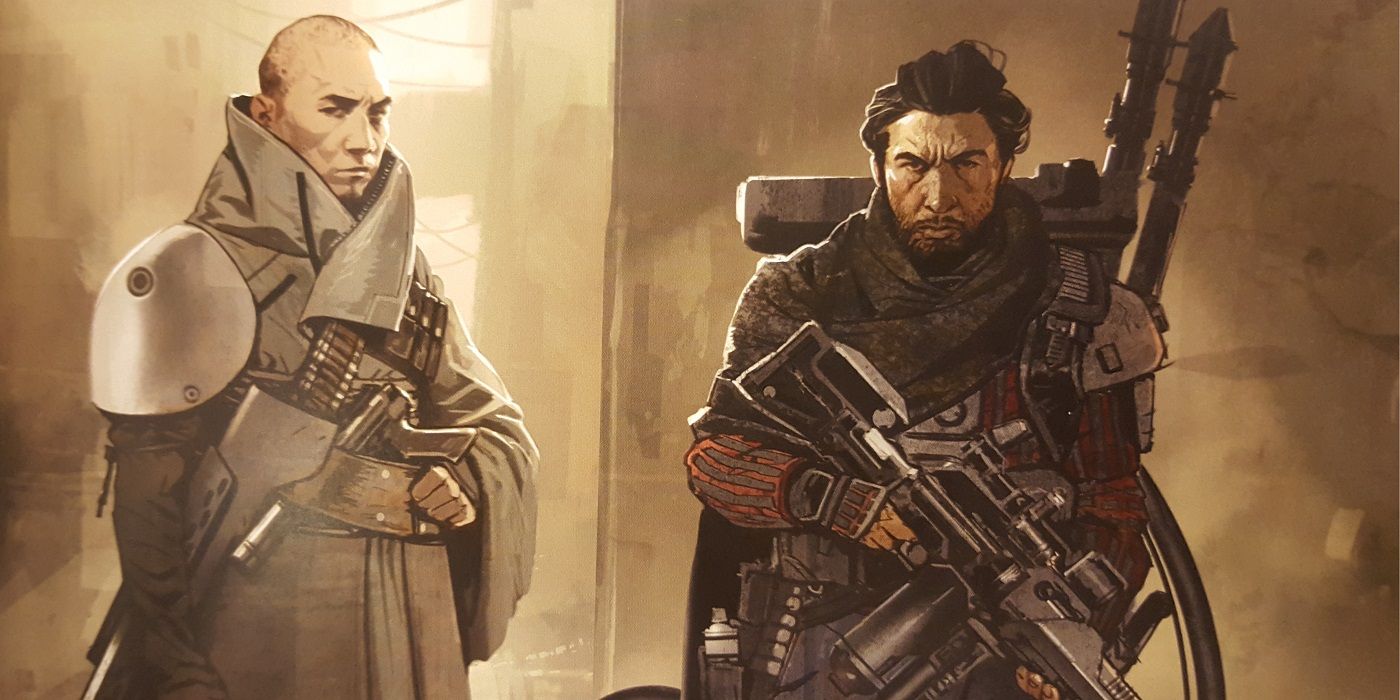After 46 years, Star Wars has yet to even begin tapping into the Force's potential. There's a sense in which Star Wars shouldn't really be considered science-fiction; it's as much a fantasy franchise as anything else, notably due to the Force. "The Force is what gives a Jedi his power," Obi-Wan Kenobi explained to Luke Skywalker in the first Star Wars film. "It's an energy field created by all living things. It surrounds us and penetrates us. It binds the galaxy together."
Obi-Wan Kenobi was over-simplifying, of course; he knew Luke wasn't yet ready to learn of the complexities of the Force, the light and dark sides, and the Force powers of the Sith. Lucasfilm's current transmedia initiative, Star Wars: The High Republic, has revealed even Obi-Wan's basic primer on the Force was actually reflecting only one dominant Jedi perspective on the Force. These stories are set centuries before the events of Star Wars: Episode I - The Phantom Menace, at a time before Yoda's interpretation of the Force - the one Kenobi had trained under - had become dominant among the Jedi. Star Wars: The High Republic has already begun expanding readers' understanding of the Force - but even this is just the beginning.
The Jedi Teachings Are One Of Many Windows Into The Force
It's important to understand that the teachings of the Jedi are only one of many windows into the Force. This truth has been particularly important in the Disney era, with Rogue One: A Star Wars Story starring members of another Force cult called the Guardians of the Whills. Star Wars: The High Republic has revealed countless other cults used to flourish across the galaxy; some focused on the light side, some on the dark, and some rejected this simple dichotomy altogether. Crucially, all these different groups appear to have unlocked different aspects of the Force, leading to their developing powers other factions did not possess.
Take, for example, the Nightsisters of Dathomir. According to Legends, they channel both light and dark without regard for good and evil. Nightsister magic tends to manifest through a mysterious mist known as ichor, which affects the boundary between the physical world and the Netherworld of the Force. The Sith and Nightsisters have been at war for millennia, with Sith Lords such as Palpatine eager to acquire Nightsister secrets. It's possible the Sith likewise stole their powers of concealment from another sect seen in the High Republic Era, the Brothers of the Ninth Door.
Other Windows Into The Force Can Be As Compelling As The Jedi
Viewers were fascinated by the Guardians of the Whills in Rogue One: A Star Wars Story, and it's no surprise the characters from that movie have since starred in their own books and comics. Chirrut Imwe and Baze Malbus serve as proof that other windows into the Force can be just as interesting and compelling as the Jedi, and Star Wars would be wise to begin developing those other perspectives and philosophies. One upcoming Disney+ TV show looks set to blaze the trail; The Acolyte is expected to be the first live-action story told from a Sith point of view, rather than a Jedi one. Star Wars' Sith TV show is setting a precedent, one Lucasfilm should exploit to the full going forward.
It would be thrilling to see Star Wars begin telling stories from more diverse Force traditions, perhaps even hinting many Jedi beliefs about the Force are wrong by suggesting there is truth found in other ways as well. Not all of these need to be dark side groups - Luke Skywalker himself is confirmed to have worked with the Church of the Force before the sequel trilogy, after all. But all would offer new insight into the Force, new powers, and intriguing concepts that would further develop the Star Wars galaxy.



